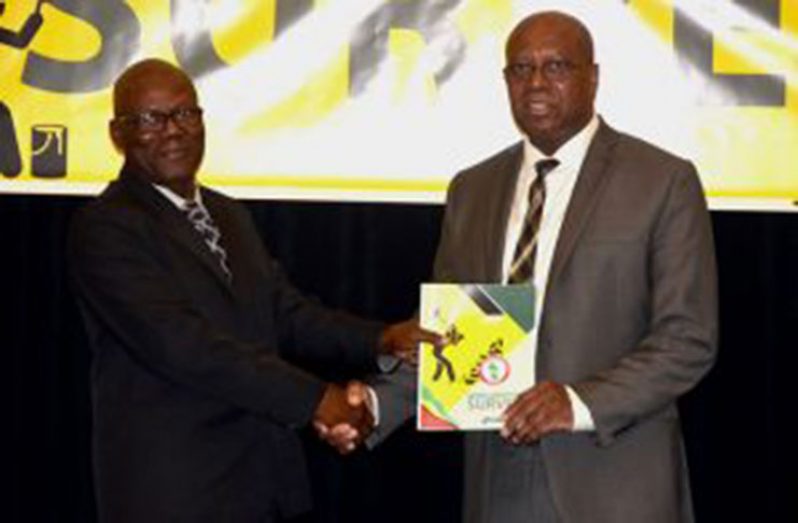— self-employed women earn 50 per cent less than men, study finds
A RECENT study has found that self-employed women earn up to 50 per cent less than their male counterparts, and there is a marked difference in favour of salaried workers.
The first-ever local continuous quarterly Labour Force Survey (LFS) which was launched recently, indicated that in terms of labour-related income, the most striking feature is the ‘substantial’ gender gap.
Last October, it was reported in the international media that a United Nations report had found that women earn 23 per cent less than men around the world.
“In other words, a woman earns 77 per cent of what a man does, and it will take more than 70 years before the gap is closed,” stated the report.
The United Nations Population Fund report, called The State of World Population 2017, found that no country was left untouched by sexism and discrimination when it comes to women in the workplace.
“Once in the paid labour force, women everywhere find themselves earning less than men for the same types of work; engaging more frequently in unskilled, low-wage labour; or spending less time in income-generating work and more time in unpaid, caregiving work at home,” the report said.
Although there has been no official report of such instances locally, the new labour force survey does highlight areas that need to be addressed in order to create a fair and equal society for all.
The first continuous quarterly survey hinted that the majority of self-employed persons are engaged in survivalist types of activities.
According to the study, the activities were confirmed by the limited number of employers compared to employees.
The report indicated that employers are indeed defined as self-employed persons who employ salaried workers, so there could be a reasonable presumption that their incomes are higher than that of other self-employed workers.
Aside from income, the report also zeroed in on the urban unemployed population which accounts for 69.3 per cent of the total unemployed population.
The unemployment rate for women appeared to be substantially higher than that for men, with a ratio of 15.6 per cent for women and 9.9 per cent for men.
Although there were shortfalls, the reports revealed that women slightly outnumbered men within the working-age population, 15 years old and above, with a ratio of 281,966 women against 268,864 men.
President David Granger in 2016 had announced a five-point plan to promote equal and modern opportunities for women, as he recommitted his administration towards empowering women to meet the challenges that lie ahead in the changing domestic and global environment.
The announcement of the plan came on the heels of a UNDP report, which stated that, over the past few years, Guyana has made very good progress towards promoting gender equality and women empowerment.
The President had made it clear that a fundamental pillar of his government is equal opportunities for the whole population, with empowerment and protection of women and the eradication of poverty being priorities.




.png)









